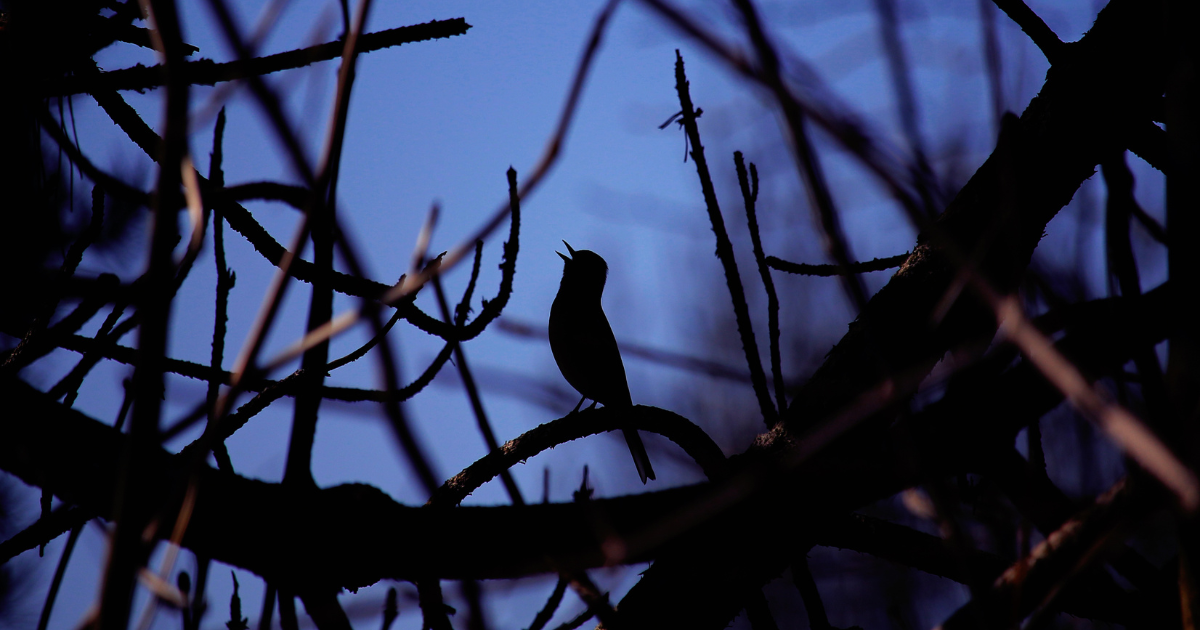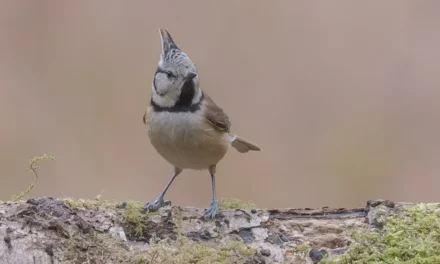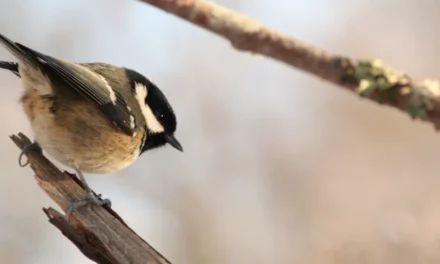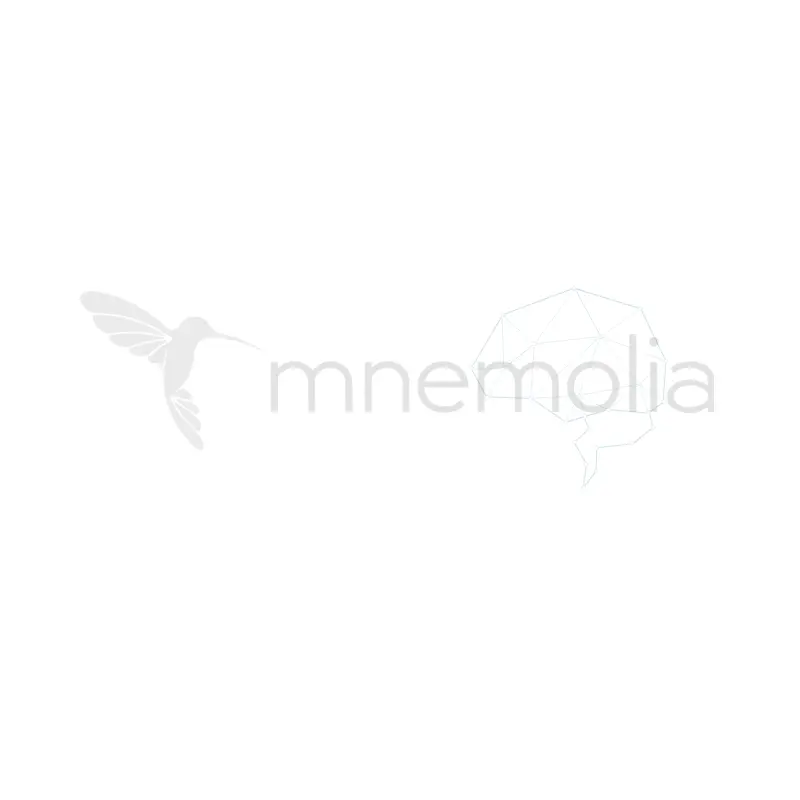Explore in detail the different species of birds that sing at night, their behaviors, their habitats, and the reasons behind their nocturnal songs. Discover how the nightingale, nightjar, tawny owl, and others use their songs for reproduction, defending their territory, and more.
In this article
The night brings its share of mysteries and enchantments, among which the song of nocturnal birds stands out. While we are used to daytime songbirds, a number of species choose to express themselves in the dark. These birds do not just sing to attract partners, but also to defend their territory or stay in contact during their nocturnal migrations. Let's explore these nocturnal singers and their unique characteristics.
1. The Common Nightingale: A Master of Nocturnal Song
The common nightingale is one of the best-known nocturnal birds for its beautiful and complex song. Capable of producing over 100 different musical phrases, its song can reach a volume of 95 decibels, comparable to the noise of a lawnmower. Males sing almost continuously from dusk until dawn during the breeding season to attract females. This song is particularly strong and varies in complexity depending on the time of day; during the day, it is more powerful, but at night, it gains in variety.
This nocturnal behavior is driven by the need to attract female attention while avoiding rivals. Interestingly, this small brown bird even inspired Igor Stravinsky for his opera "The Nightingale" in 1914, where a soprano mimics the enchanting song of this bird.
2. The European Nightjar: The Purr of the Night
The European nightjar, a crepuscular insectivore, is famous for its "peculiar trill" or monotone purr that can last for several minutes without interruption. This soft, continuous sound is often heard at dusk, dawn, and throughout the night. Adapted to nocturnal hunting, this bird spends its days camouflaged, sleeping on a branch or on the ground, and only becomes active at nightfall. Its song is mainly used by males to attract females, and it is more frequent in clear and calm weather. With about 95 different species distributed between Europe and America, the nightjar illustrates the diversity of nocturnal birds.
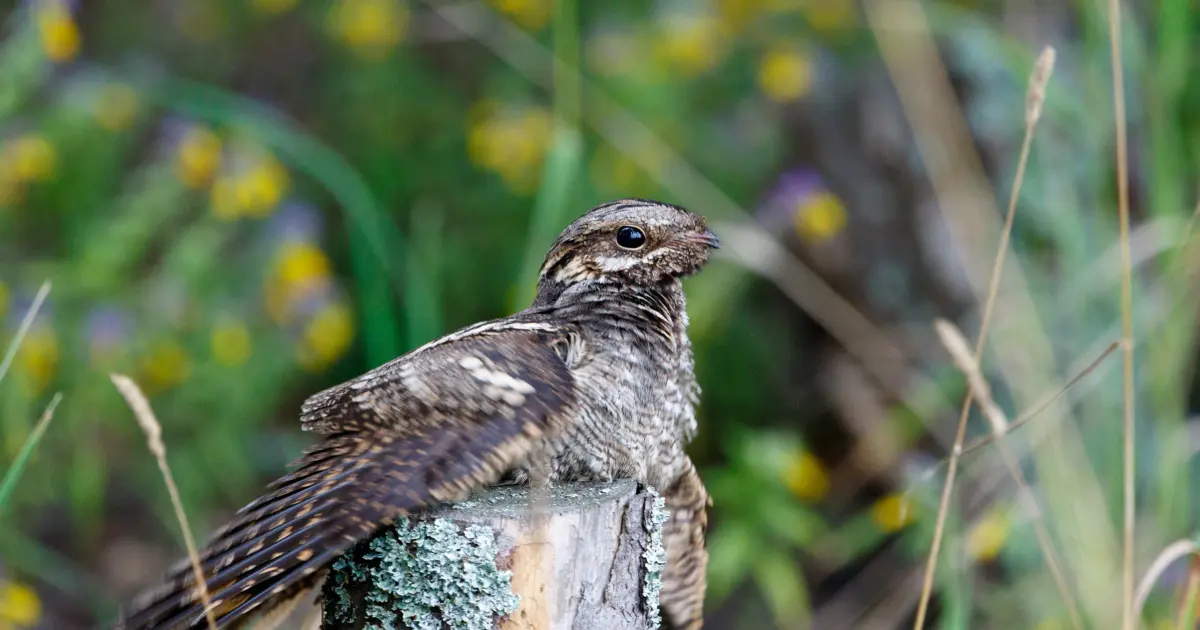
3. The Tawny Owl and the Eagle Owl: Nocturnal Raptors
Owls and eagle owls are icons of nocturnal birds, often used in media to evoke mysterious atmospheres. The tawny owl, with its "hu--hu-hu-hoohoo" hoot, offers a soft sound, although the male's call is stronger and deeper than the female's. It primarily sings to signal its presence and defend its territory. The Eagle Owl, the largest owl in Europe, produces a deep and resonant "oohoohoo" that can carry several kilometers on a calm night. Although these birds are mainly active at night, they can sometimes be heard during the day, especially during the breeding season.
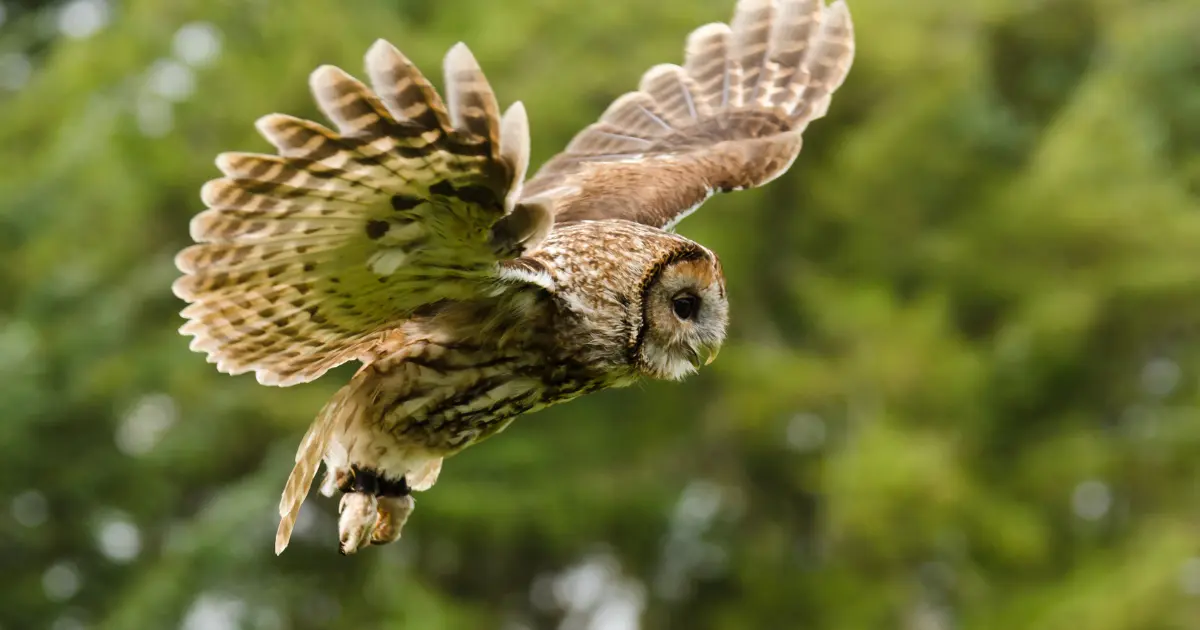
4. The Bittern: The Heron of the Night
The bittern, a rare and discreet bird of the heron family, is distinguished by its unique song, difficult to reproduce in onomatopoeia but often compared to a foghorn or the sound of a double bass string being struck. Living mainly in marshes and wetlands, its deep and resonant song can be heard up to 5 kilometers away. Like many other nocturnal birds, the bittern mostly sings at night during the breeding season to attract a mate.

5. The Hermit Thrush: A Melody of the Night
The hermit thrush, which belongs to the same family of passerines as the nightingale, has a very harmonious song often compared to the melody of a wind instrument such as a flute. Found from Alaska to Mexico, it primarily sings to attract a female or to mark its territory. It frequently modulates its frequency, doubling or even tripling its repetitions to create a distinctive and enchanting sound, which can be heard at night, at dusk, and at dawn.
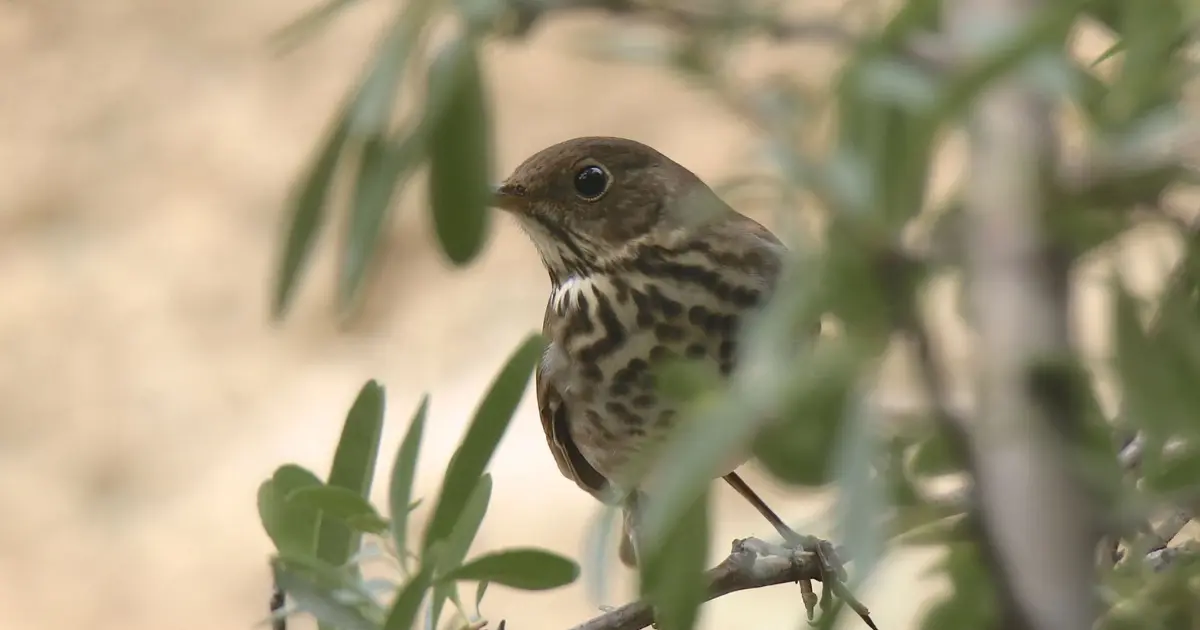
6. The Lark: The Celestial Singer
The lark, with its 76 species and preference for open spaces, is distinguished by its powerful and melodious song, often emitted in full flight. Known for its high sensitivity to light, it is famous for singing at night, especially during courtship displays. This behavior can also strengthen social bonds or serve to defend territory against intruders. In France, the term "grisolle" is used to describe this characteristic aerial song.
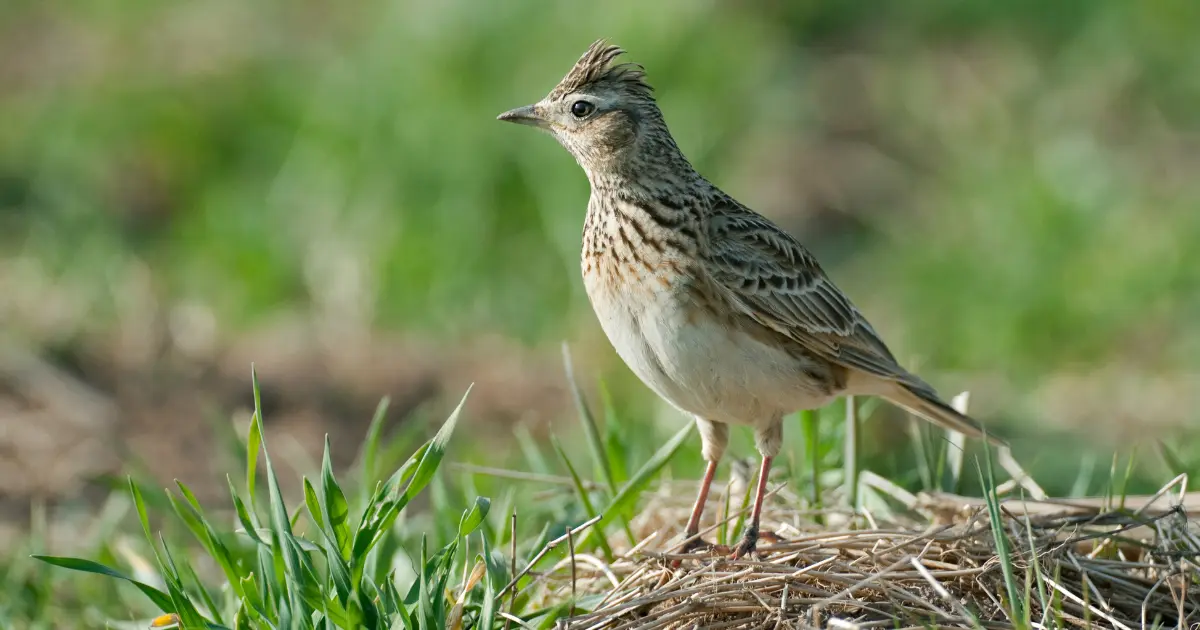
7. Other Nocturnal Birds and Environmental Factors
Besides the species mentioned, other birds such as the Woodlark, the Grasshopper Warbler, and the Northern Mockingbird are known to sing at night. The reasons vary, ranging from attracting partners to defending territory, to the need to communicate during nocturnal migrations. Research shows that 70% of birds that sing at night are actually diurnal species, whose behavior is influenced by factors such as artificial lighting and city noise pollution, as well as the full moon, which can stimulate their vocal activity.
Nocturnal songs, often clearer and more carrying than those of the day, benefit from calm atmospheric conditions. Urban birds, such as robins, may choose to sing at night when ambient noise decreases, allowing them to finally be heard. For more on urban birds, check out our article on how they adapt to their environment. Light pollution and urbanization also influence their nocturnal habits, disrupting their sleep and sometimes prompting them to sing more.
Birds that sing at night offer a complex and varied symphony that enriches the nocturnal experience. Their behavior is shaped by a multitude of biological and environmental factors. Whether to attract a partner, defend a territory, or simply communicate in the quiet of the night, each song reveals a unique adaptation to the nocturnal world, reflecting a richness of behaviors that are still largely unknown.
-
